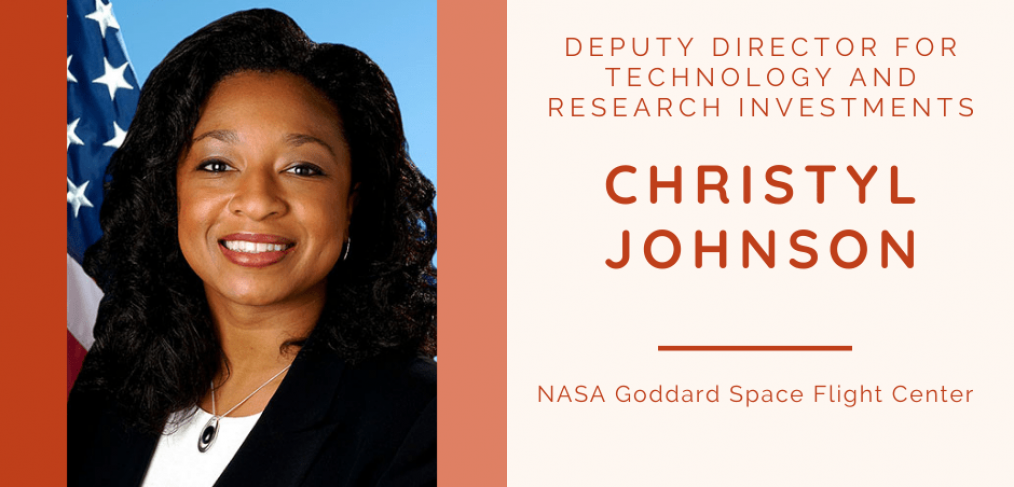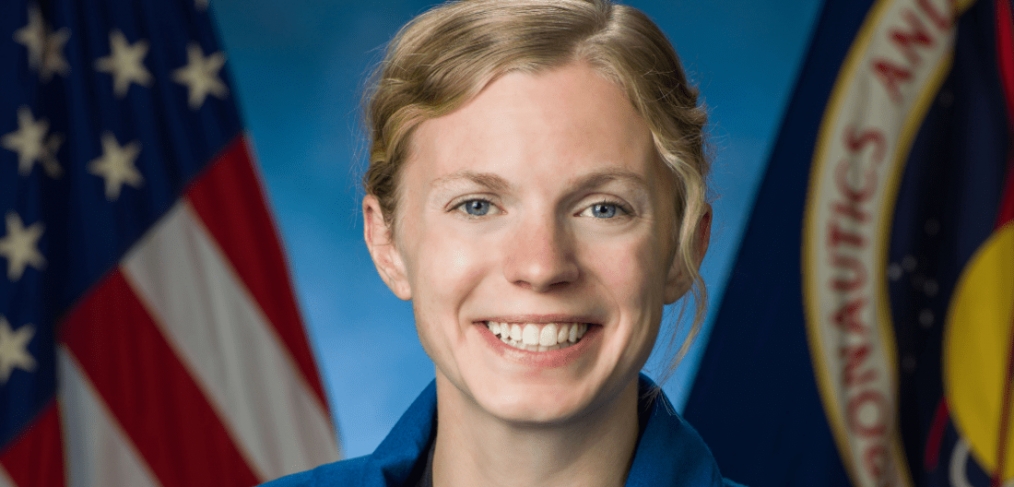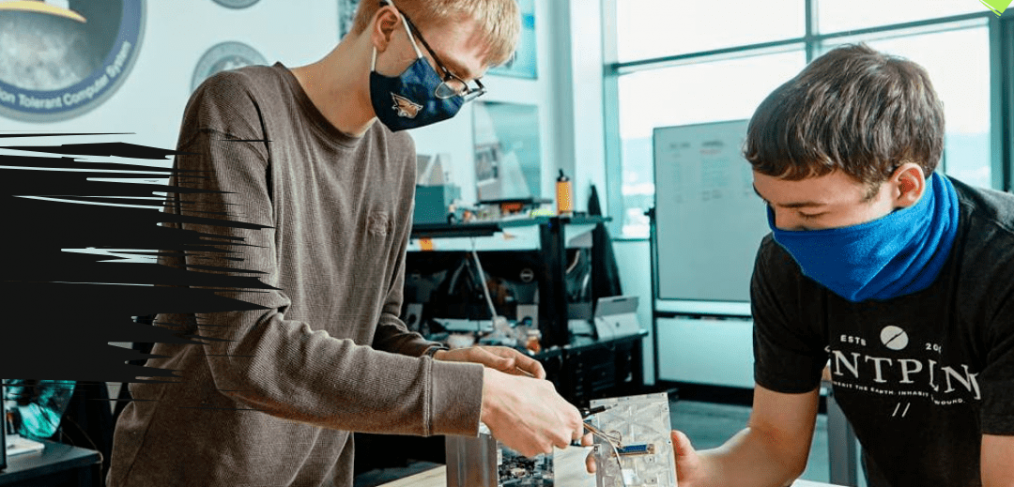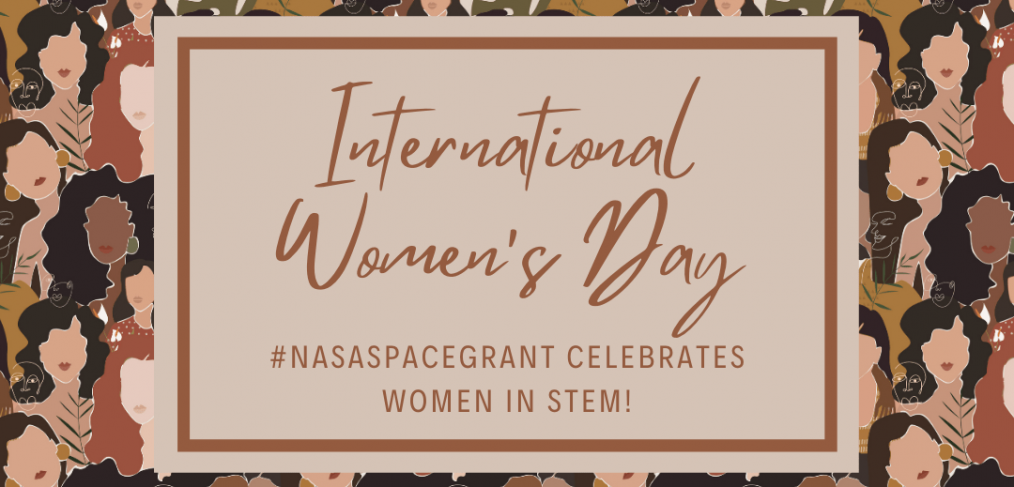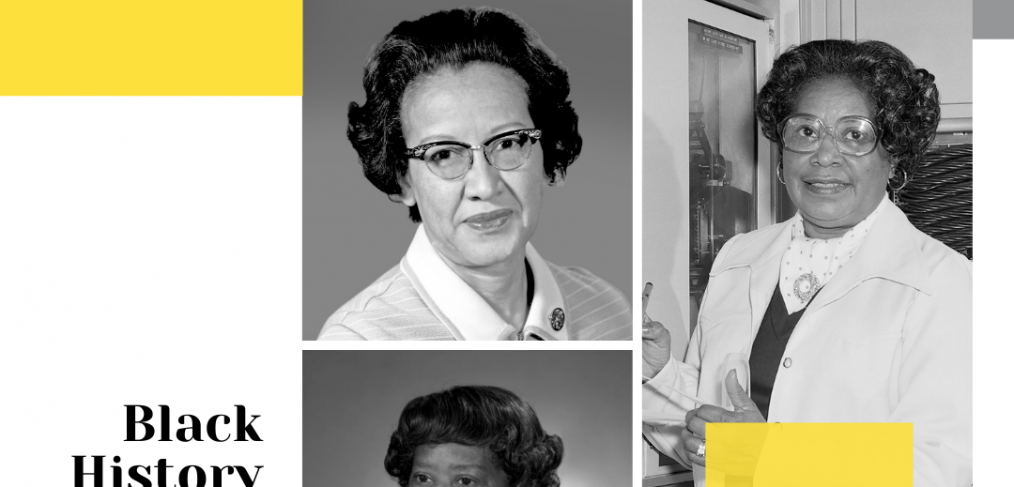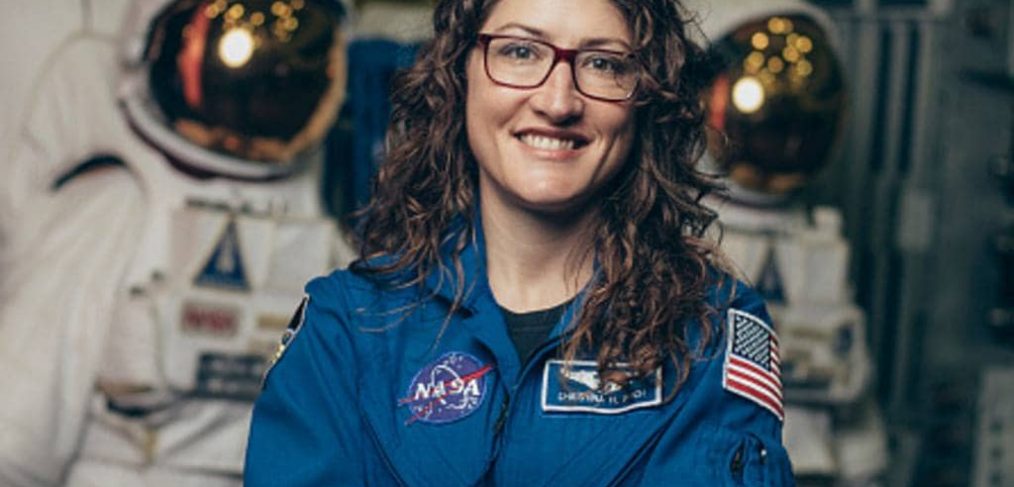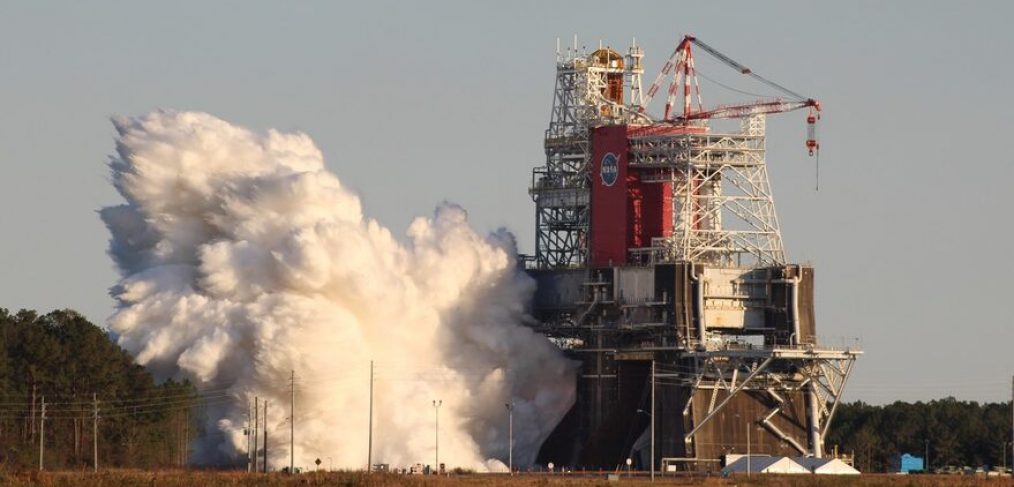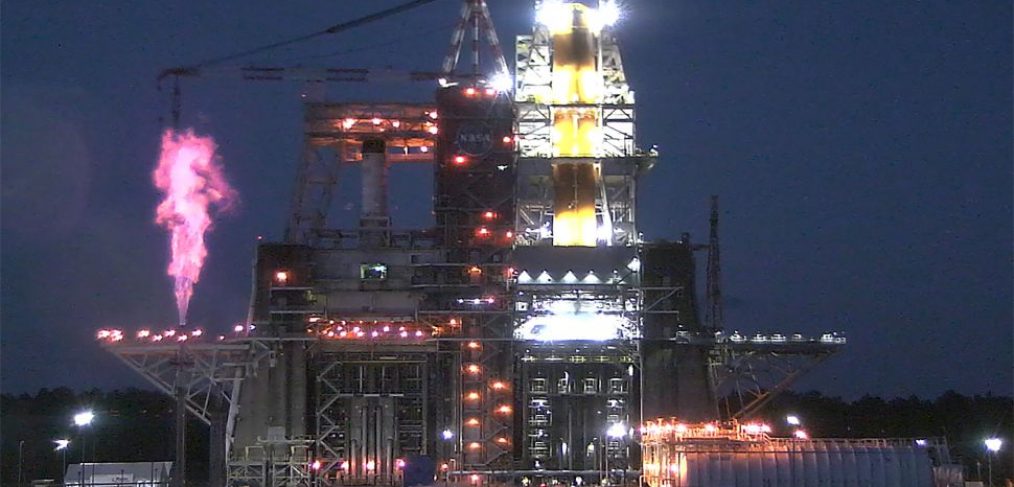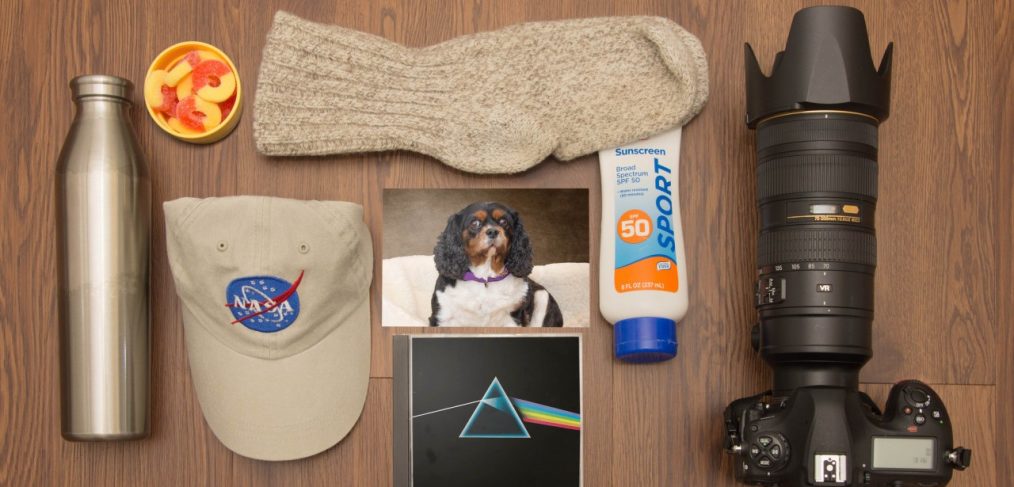By Stefanie Jackson – Arcadia Middle School students met NASA “modern figure” Christyl Johnson, deputy director for technology and research investments for Goddard Space Flight Center, at a virtual event March 24.
The movie “Hidden Figures” was released in 2016, about three African American women who were NASA mathematicians in the 1950s and 1960s and helped the U.S. win the space race.
Following the film’s debut, Johnson was named a NASA modern figure, someone “paving the way for the next generation of scientists and engineers, especially those young girls and boys that look like me,” said Johnson, who is African American.


